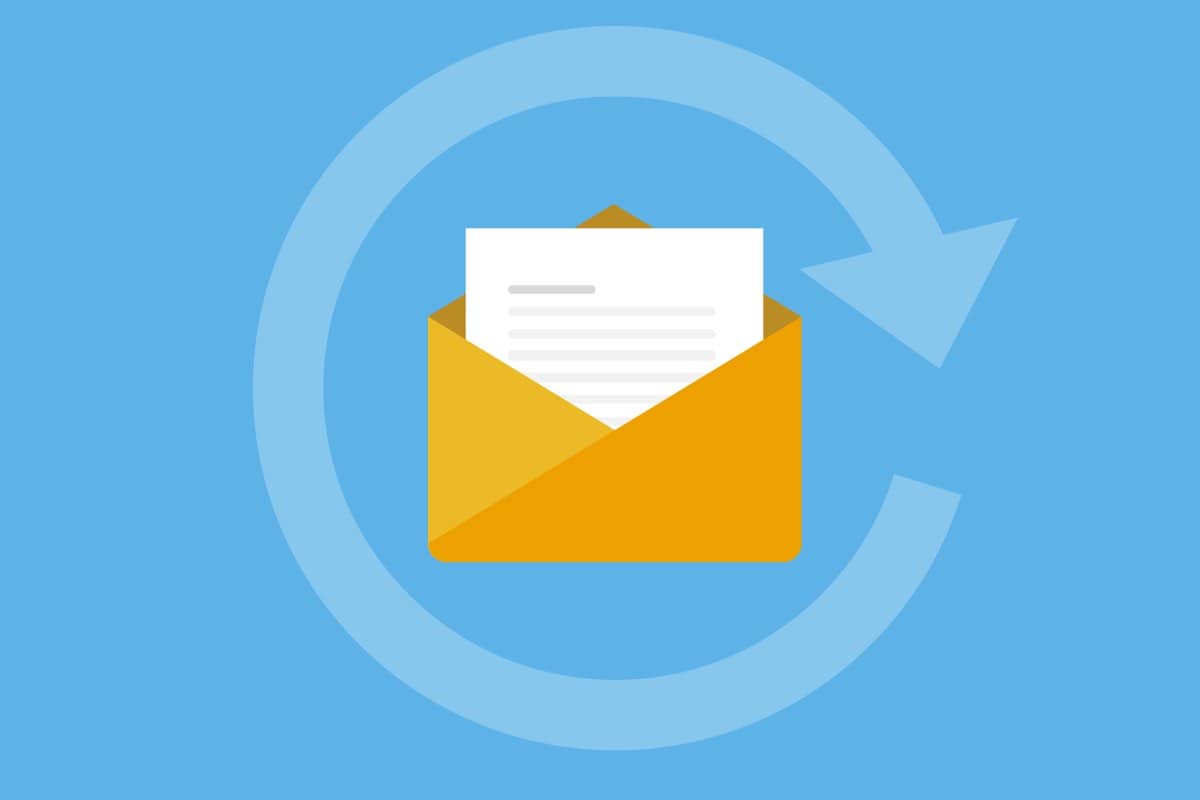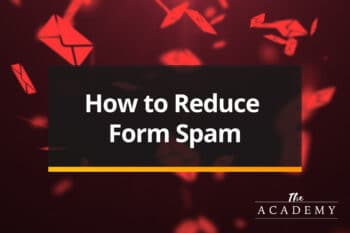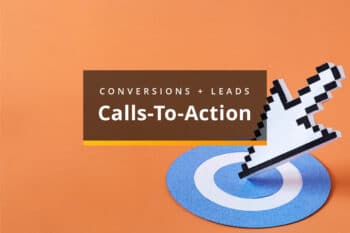
The value of an email newsletter list in digital marketing is no secret. When someone commits to receive your newsletter in their inbox periodically, they are signaling their interest in your brand and what you have to offer. This subscription gives you an important opportunity to directly reach these people with advice and news, as well as products and services they may want to purchase.
Of course, it can be hard to manage an email newsletter list and it’s not easy to extract maximum value from this asset. With the article that follows, we want to offer some practical, actionable advice on how you can make your list more effective as a marketing and sales tool. You have worked hard to build this list; implementing email automation tactics can help you secure more rewards for that hard work.
The Inherent Value of an Email List
You can hardly discuss the value of email automation without first talking about the value of a quality email list overall. Whether you dive into the world of automation with that list or not, having it is a huge asset that can serve your business well for years to come. There are countless benefits to cultivating and maintaining a list, but the three points below stand out as key advantages:
- Direct access to your audience. When you think about it, there are very few other opportunities you have to directly access an audience that has shown an interest in what you offer. With an email list, you get to send messages directly to people who have discovered your brand and voluntarily signed up to get more information. That’s a massive opportunity that should not go to waste.
- Long-form communication. While many marketing messages sent via email are short and to the point, you also have the opportunity to expand in something like a newsletter format to offer more value to your audience. You certainly don’t have that kind of space with a traditional advertisement, so email gives you a unique chance to communicate a message that wouldn’t fit elsewhere.
- A two-way street. Depending on how your email marketing platform is set up, you may decide to allow your audience to reply to your messages with feedback, questions, and more. This is another big benefit to email over other forms of marketing. Connecting with your audience through email messages will help you serve your customers and fine-tune your brand as a whole.
We could go on and on about the many ways that an email list can serve your business, but we think the point is made. Moving on, we will now get into the category of email automation and how it can turn your email marketing efforts from good to great.
Basics of Email Automation
With a standard email list, you collect email addresses from people who have decided that they would like more information about your brand, products, services, etc. Then, with that list collected, you periodically send out messages to everyone on the list. You write each message, usually associated with the promotion of some offer, and manually click send. This technique can work great, and it is almost certainly how you will get started with email marketing.
But there are limitations to this approach. For one thing, it’s very hands-on in that you are writing each message to send out to your list. If you don’t write a new message, nothing goes out and the list grows cold. If you want to get more value out of your list, you’ll need to take some of the work out of your hands (sounds great, right?). That’s where automation comes into play.
With email automation, you still have plenty of work to do, but that work pays off time and time again. Here’s an overview:
- Create a series of messages. Writing a new email every time you use your list is a burden on your time. It’s better to write a message once and then use it over and over again, and you can do that with automation. A classic example is the welcome series of emails you might send to someone after they subscribe to your newsletter. So, you write this series of emails (typically four to five) and they go out automatically each time a new person subscribes. You only have to write those messages once, and you don’t have to do anything to send them out, as it’s all automated and triggered by the new signup.
- Target the right people. We’ll talk more about this later, but a big advantage of using email automation is having the ability to send the right messages to the right people on your list. Depending on the products and services you sell, you might have quite a wide range of people contained within your list. Segmenting those people and targeting them with specific offers may yield better results, and email automation makes that easier to do.
- Cut down on spend. Even if you don’t do all of your own marketing work – you have an in-house team or you hire freelancers, for example – it’s still important to be efficient. Having your marketing team spend more time than necessary on email tasks will be a waste of resources. Streamlining the process through automation can cut down on how much you spend while likely leading to better results.
There is no one right way to implement email automation, as the way it can be best leveraged will vary from one organization to the next. Nearly any organization with an email list can benefit from this approach, however, so it’s well worth your time to take a closer look and test out some strategies.
Giving Customers What They Want
Above, we talked about how you can use email automation to target the right customers with the right messages. This is an important part of what automation can do for your business, so let’s zero in a little further on that idea here. To make this concept as clear as possible, we are going to walk through an example from an imaginary company.
Let’s say that ABC Corporation sells equipment for outdoor recreation. They have a large website where they sell their goods, and a sizable email list is built off of that website. To get signups to the email list, ABC Corporation offers a 10% coupon that is good for anything on the site when someone joins the list. As a result, the list has gotten big, but it isn’t particularly targeted; it’s just anyone who might be interested in making a purchase and wanted to get the discount.
The problem here is that ABC Corporation sells all kinds of outdoor equipment, including camping gear, climbing supplies, boating essentials, hiking shoes, and on and on. Sending out broad emails to that list might get decent results, but those messages can’t be properly targeted, simply because of the generalized nature of the list. What they need to do is get more information about their subscribers, so they can target segments of the audience with specific messaging.
And this is where email automation becomes the star of the show. Here is a process that ABC Corporation could use to get significantly improved results from the list they have already collected.
- First, an email will go out to the entire list with a poll or questionnaire included. To encourage as many people as possible to complete the poll, it might be helpful to offer some type of incentive, such as another discount.
- The poll that is sent out to the list will include questions that will help segment the list into smaller groups. So, it may ask about favorite hobbies, what types of products the individual may purchase in the future, etc. In just a few questions, it’s easy to build a profile that will help to accurately target future messages.
- After enough time has passed to collect results, the list can be divided up into a logical number of segments. For ABC Corp, they may decide that three segments are suitable: one for camping and hiking, one for climbing, and one for boating. Each email address will then be attached to both the general email list as well as the segmented list for the activity or activities in which they are most interested. Of course, a given address could be subscribed to all of the lists, if they indicated an interest in all categories.
- Moving forward, messages will be sent to individual segments in a strategic manner to drive sales. The occasional message will still be sent to the whole list when appropriate, but the segments will be used more aggressively with targeted promotions in mind. So, for example, as camping season draws close, a five-email drip sequence may be created that can go out to the camping segment, offering tips on how to prepare for an upcoming trip.
There are myriad benefits associated with categorizing email subscribers into segments. First, you can give them more targeted information, which will make them more likely to make a purchase. Also, since the messages they are getting will be relevant to their interests, those individuals will be less likely to unsubscribe, helping the company maintain a healthy list population.
Other Notes on Automation
We’ve covered a lot of ground so far, but there are a few other important email automation points to highlight before we wrap things up.
- Design matters. This goes for both one-off messages and messages that are part of an automation series. Take the time needed to properly design your emails so they are nicely branded and will do a good job of representing your business.
- Don’t let it sit too long. The idea of automation is that you don’t have to be as hands-on with your list, but that only goes so far. You will still need to maintain this system and you should check in on it periodically to make sure everything is still working as you desire.
- Clean up your list. Along with the last point, you should also pay attention to the status of your list and the people who are subscribed. If you send out too many messages that are never opened, you may run the risk of seeing more and more of your emails land in the “Spam” folder. So, track patterns of people opening your messages, and clean up your list by deleting email addresses of people who haven’t opened any messages in a long time.
Don’t let the endless potential of email automation overwhelm you from the start. With so many possibilities, you may struggle to sort through your countless ideas and never actually get started on anything. So, consider starting small, with a basic welcome series automation that you add to your email marketing process. That can serve as a foundation and you can build from there until your email list turns into a powerful, revenue-driving machine. Good luck!
Most Popular Articles

Seeing Favicons in Your Google Search Results? Here’s Why…
Have you noticed anything different in your Google Search results lately? Google added tiny favicon icons to its organic search results in January. It was…

Business Growth and Digital Marketing News & Tips 4-14-24
Did you know? It’s five to twenty-five times more expensive to acquire a new customer than to retain an existing one. Increasing customer retention by…

Business Growth and Digital Marketing News & Tips 3-28-24
With the desire for precise measurement tools to determine ROI, there has been a rise in attention metrics. These metrics, which often utilize eye-tracking data,…








